




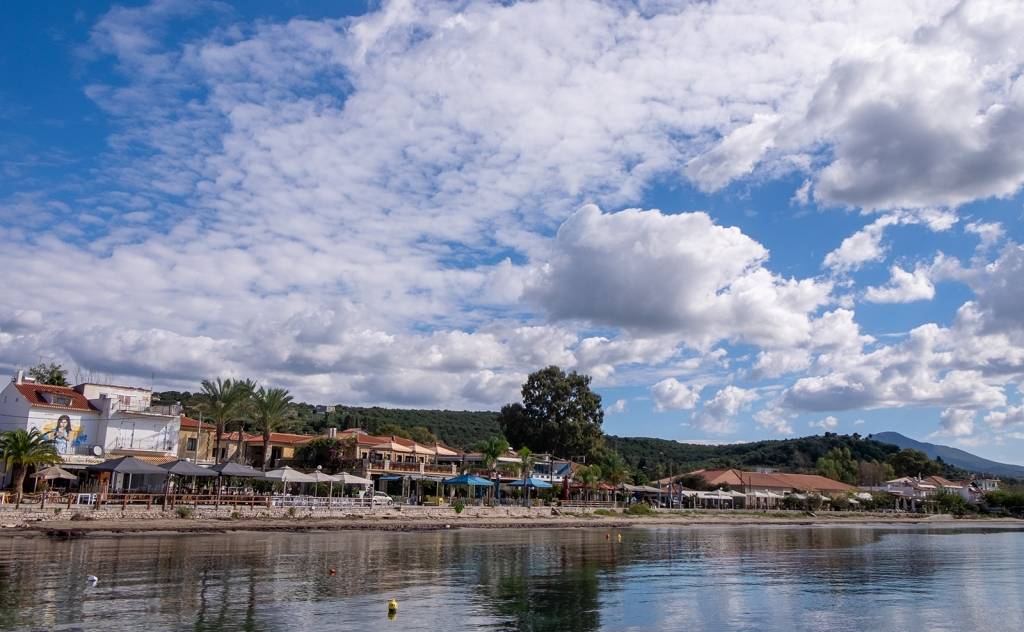
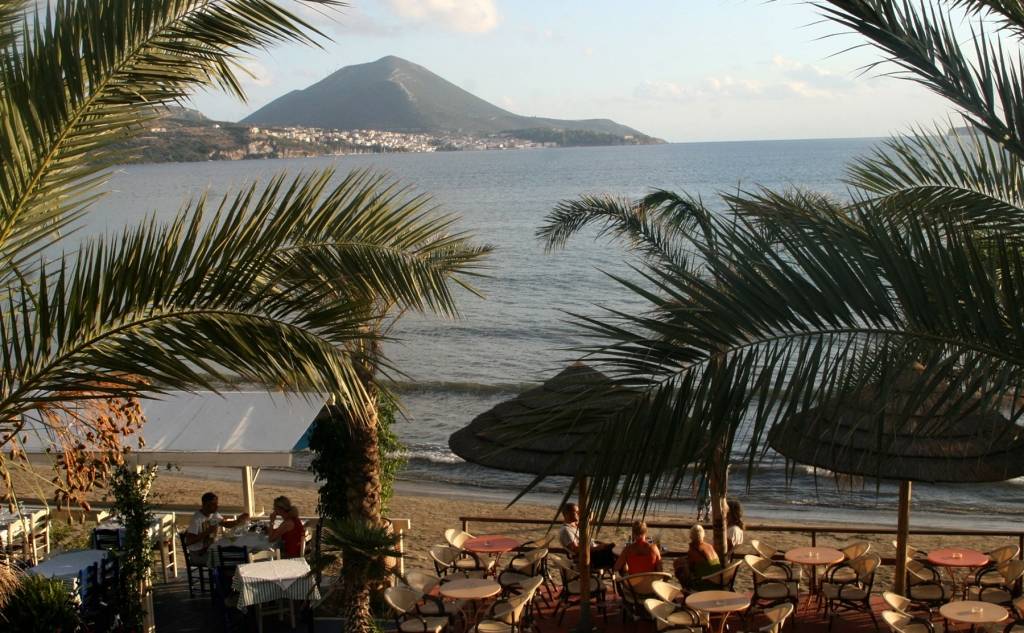


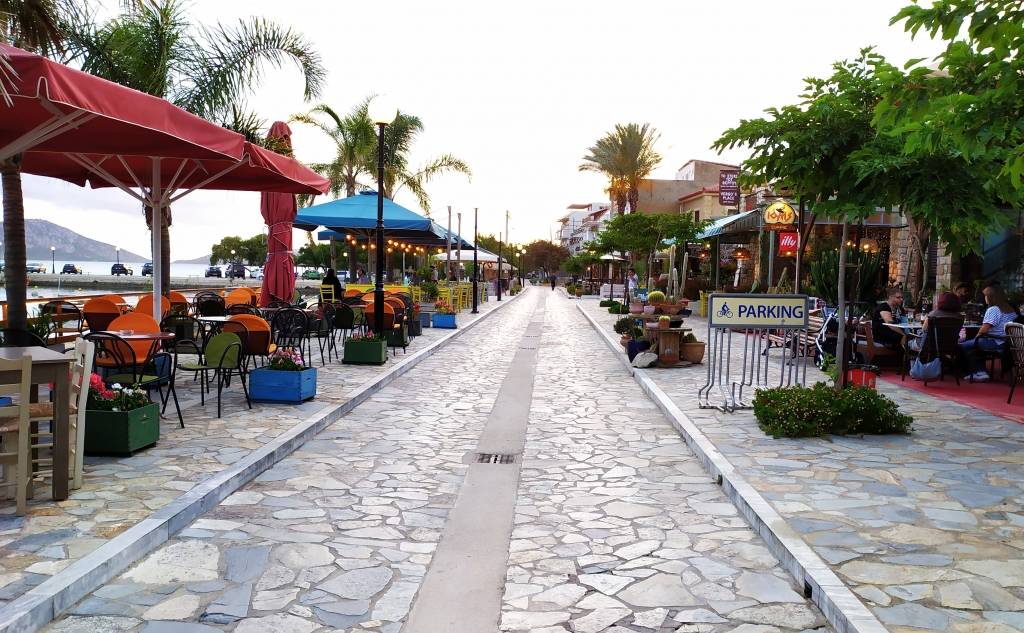

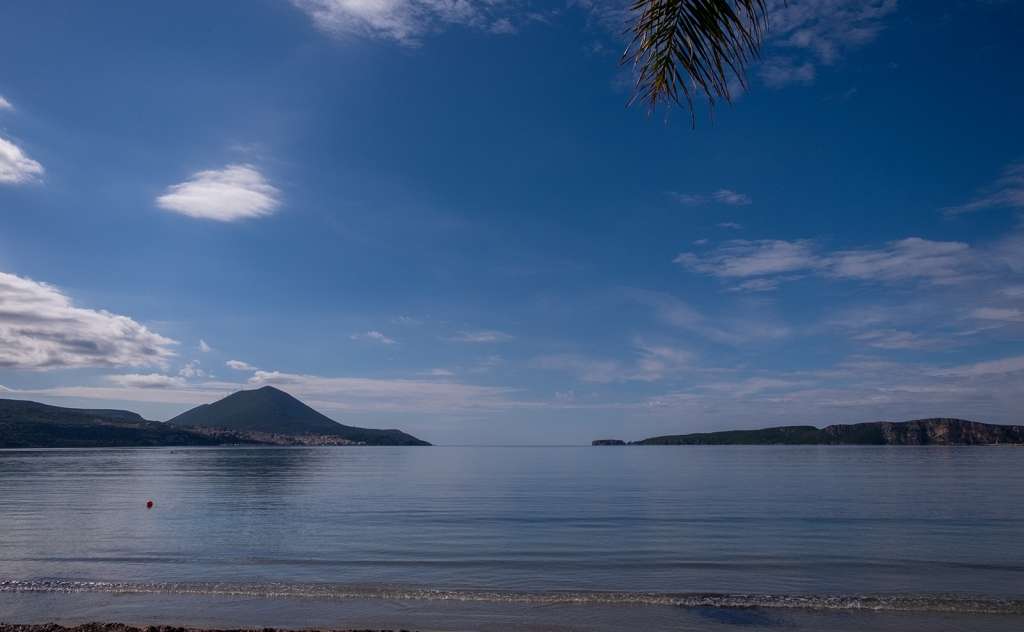
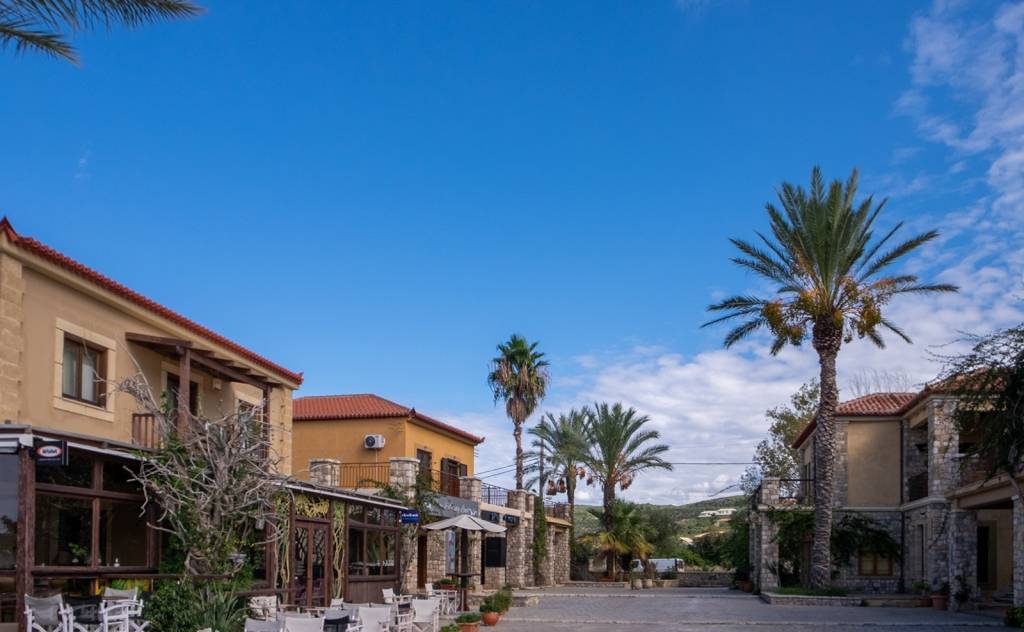
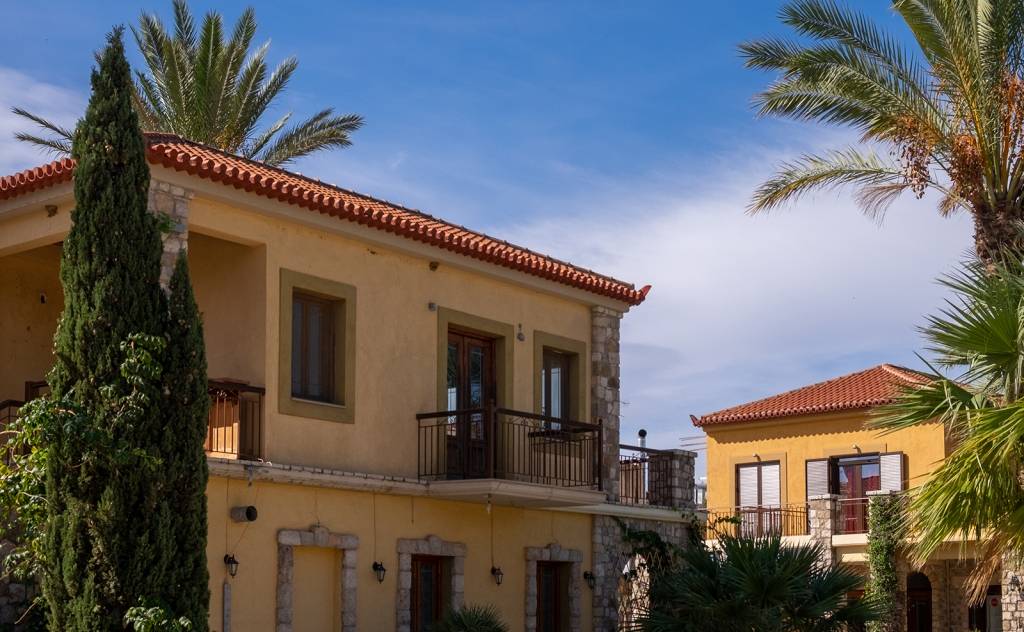

The coastal settlement of Gialova is located in the centre of Navarino Bay and is only 7 kilometres from Pylos. It has approximately 250 permanent residents. According to information, the name Gialova is a paraphrase of the Greek word "aegialos" (coast) combined with the Turkish word "ova", which means "smooth", i.e. "smooth ".
Gialova was an important commercial port and refuelling station for military ships from ancient times until the 19th century. In fact, in the area, one comes across remains of shipwrecks from the Naval Battle of Navarino (1827).
Gialova is an ideal summer destination where tourists visit the seaside promenade with the many restaurants, cafes and bars overlooking Pylos and the Isle of Sfakteria. The historical monuments very close to Gialova make it a favourable choice. From Nestor's Palace in Chora, to Niokastro in Pylos and Paleokastro next to Voidokoilia, the region impresses with its great history and natural beauty.
The village is very close to the Gialova lagoon (also known as Divari) and the beautiful beach of Voidokoilia, which has been designated a "place of special natural beauty". The Gialova lagoon is one of the essential small wetlands in the country, home to 265 species of birds. A small colony of the African Chameleon - unique in Europe - survives in the lake. Also, the lagoon is included in the European Natura 2000 Network as a Special Protection Zone.
In Gialova, visitors can see the private Kostas Balafoutis Folklore Museum, the author of ten books. The museum is housed in an old raisin processing warehouse, and the collection consists of at least 3000 exhibits, including engravings, musical instruments, household items, rare books, a loom and more.